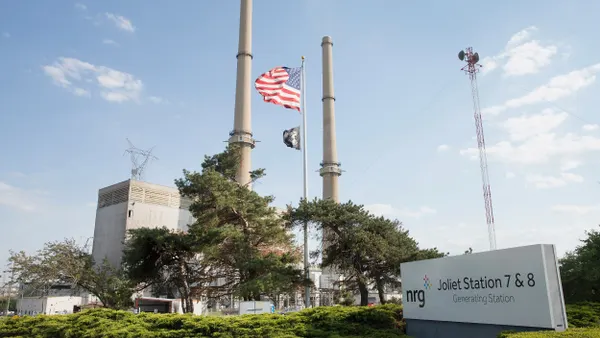Dive Brief:
- Global grid-connected residential photovoltaic (PV) solar installations with energy storage will grow to over 900 megawatts by 2018 from the present 90 megawatts of capacity this year, according to IHS Technology.
- Drivers for the growth include improving PV technology, increasing affordability, a rebounding European market, and growing interest by homeowners in gaining some measure of independence from the grid, Fierce Energy reports.
- Despite seemingly robust growth estimates, deployment of energy storage systems in the booming PV marketplace has actually been less than anticipated, due largely to the failure of storage systems to fall as rapidly in cost as solar and slowing European demand.
Dive Insight:
“Distributed photovoltaic solar needs to evolve to have security value,” IDF International’s Steven Fine recently told Utility Dive. But when it is combined with smart inverters and battery backup in micro-grid configurations, it will provide valuable security, added.
The IHS report predicts deployment to nevertheless soon expand, due to average Li-ion prices expected to drop 15% in the next year, bringing with it an anticipated 90% expansion in residential PV energy storage in 2015.
Markets in Italy, Germany, the U.K. and Australia are expected to add 40% growth to the global residential PV energy storage market by 2018, though they are expected to account for only 20% of total solar PV installations.
North America is expected to be one of the biggest residential PV markets in the world by 2018 but will likely only account for 5% of the residential PV energy storage market because of a continued reliance on the U.S. grid and cheap electricity facilitated by cheap natural gas.
A recent Morgan Stanley evaluation of global solar markets foresees a significant slowing of growth in China and Japan through 2020.













